The top Uber Competitors are Lyft, Curb, DidiChuxing, Grab, Ola, Gojek, Yandex Taxi, Local Taxis and Public Transport. This article is divided into the Direct and Indirect competitors of Uber.
Uber is one of the top private companies in the United States, with the utilization of Uber technology; consumers are able to schedule transportation with the help of a mobile App. Uber Technologies Inc. receives client requests and sends the same requests (bearing location and final destinations) to drivers who are within close proximity to the said clients. As one of the tools of operation, the drivers must, therefore, have smartphones.
The same applies to clients who must utilize the Uber app in making ride requests. This company was founded in the year 2008 and has its headquarters in San Francisco. It has around 32,800 employees and revenue from sales was estimated to be around $9.230B by Q1, 2023. As one of the companies that have shaped the taxi business around the world, Uber receives both direct and indirect competition from the following;
Table of Contents
Top Direct Uber Competitions
1) Lyft
- Product Type: Ride-hailing, and electric scooter sharing.
- Industry: Transportation.
- Founded: June 6, 2012, in San Francisco, California, United States.
- Founders: Logan Green and John Zimmer.
- Headquarters: San Francisco, California, United States.
- Area served: United States, Canada, Mexico, and the United Kingdom.
- Current CEO: Logan Green.
- Revenue: $1.021 billion(Q2, 2023)
- Market cap: $4.3B (August 18, 2023)
- Number of employees: 4,419 (2022)
For a Lyft ride, one is required to download and install the Lyft mobile App on his/her android mobile phone then sign up by providing a relevant phone number and a valid mode of payment i.e. credit card or other online modes including PayPal, apple pay and Google wallet after which a ride request can be made to the nearest driver.
After confirmation, the name of the driver is shown with ratings from previous passengers, his photo and that of the car will also be provided. After the ride, the client provides gratuity that is billed to his payment method.
Lyft had 20.3 million active riders in 2022. Lyft Quarterly Net Income is $-114 million as of June 30, 2023. Lyft Quarterly Gross Profit is $414 million as of June 30, 2023.
Lyft operates in 644 US and 12 Canadian cities or towns. Lyft has over two million drivers. It might not be upto the vast presence of Uber but in US Lyft is the topmost amongst Uber Competitor.
2) Curb
- Product Type: On-demand ride-hailing and curb management platform.
- Industry: Transportation.
- Founded: 2011, in San Francisco, California, United States.
- Founders: Sam Schwartz and Ryan Chin.
- Headquarters: San Francisco, California, United States.
- Area served: United States and Canada.
- Current CEO: Sam Schwartz.
The curb App was initially referred to us ‘Taxi Magic’. The name changed to ‘curb’ after it was re-launched by VeriFoneSystems who are the current new owners. Though based in San Jose, VeriFone Systems runs most of the green and yellow taxis in New York.
As a company that also manages the taxi payment systems, the curb taxis are required to use VeriFone’s entertainment systems and credit card machines. Curb has more than 100,000 drivers on its platform and hence it is considered as one of the top Uber Competitor.
The Curb App as developed by Creative Mobile Technologies (CMT) requires one to pay a fee of around 1.95 dollars every time it is used to book a cab. It also provides driver ratings and notifies drivers of possible trips. Since its Debut in 2015, VeriFone’s target is to bring Curb to all major cities in the USA.
3) DidiChuxing
- Product Type: A variety of transportation services
- Industry: Transportation.
- Founded: 2012, in Beijing, China.
- Founders: Cheng Wei and Jean Liu.
- Headquarters: Beijing, China.
- Area served: China, Brazil, Mexico, Australia, Japan, and Southeast Asia.
- Current CEO: Jean Liu
- Revenue: RMB42.7 billion (Q1, 2023)
- Market cap: $14.85 Billion
DidiChuxing, with its initial name DidiKuaidi, is among the dominant companies in China that provide ridesharing services including; DiDi Chauffeur, Didi test Drive, taxi-hailing, DiDi Minibus and DiDi private car-hailing to over 400 million people by the use of a smartphone across the 400 China cities.
In 2022, Didi Chuxing completed nearly 2 billion ride-hailing and food delivery transactions outside of China. As of 2023, 587 million annual active users are using Didi Chuxing.
In the year 2015 alone, it completed a milestone of 1.4 billion rides. This was so high when compared to other companies in the same industry. Since its inception in the year 2009, Uber was the closest after clocking a billion rides in six years. This company was as a result of a merger between KuaidiDache and DidiDache. By the end of the fiscal year 2016, it was valued at 28 billion dollars. Later that year, it acquired the Uber unit of China. In 2021, DidiChuxing was worth $68 Billion.
With plans to extend services globally, DidiChuxing started developing the new English version of its App in mid-2017. In the same year, DiDi was voted the most valuable startup with a valuation of over 50 billion and supported by more than 100 investors. Didi is the only company in China with Tencent, Baidu and Ali Baba (three largest internet corporations in China) as investors. With the huge population of China and other Asian countries supporting it, DidiChuxing is without a doubt one of the top Uber Competitor in that region.
4) Grab
- Product Type: A variety of on-demand transportation, food delivery, and payment services.
- Industry: Technology.
- Founded: 2012, in Singapore.
- Founders: Anthony Tan and Tan Hooi Ling.
- Headquarters: Singapore.
- Area served: Southeast Asia, Cambodia, Indonesia, and Vietnam.
- Current CEO: Anthony Tan (2012–present).
- Revenue: $0.525B (March 31, 2023)
- Market cap: $12.14B (August 18, 2023)
Grab is a Singapore-based company that provides a variety of logistics and ride-hailing services through its mobile App in Asia’s Philippines; Vietnam; Malaysia; Indonesia and Myanmar. Towards the end of 2016, Grab introduced a messaging service on its App allowing communication between riders and drivers.
In 2023, Fast Company listed Grab amongst the most innovative companies in the Asia-Pacific region. Grab Holdings net income for the quarter ending March 31, 2023 was $-0.244B.
The messaging service also enabled language translation thereby breaking the initially existent language barrier. By June 2017, it had over one million drivers registered to its network and its App downloaded and installed in over 45 million devices in the South of Asia. Today, Grab is present in eight countries across the region. Grab provides online-to-offline services in the most number of cities across Southeast Asia, with a presence in over 500 cities and towns.
5) Ola
- Product Type: Ride-hailing, food delivery, and financial services platform.
- Industry: Transportation.
- Founded: March 3, 2010, in Mumbai, India.
- Founders: Bhavish Aggarwal and Ankit Bhati.
- Headquarters: Bengaluru, Karnataka, India.
- Area served: India, Australia, New Zealand, and the United States.
- Current CEO: Bhavish Aggarwal.
This is an Indian transport company operating under the name ‘Ola’. It was founded in the year 2010 in Mumbai but currently has its headquarters in Bangalore. As of the current year 2022, Ola has amassed a whopping 100+ million registered users in India.
Revenue generated by Ola in 2022 is $8.5 billion. Total number of downloads as of 2022 is 550 million+. Monthly active users in 2022 is 100 million+. Ola primarily runs in India.
Ola operates in more than 100 cities worldwide, including India, Australia, New Zealand, and the UK. Its services range from economic to luxury travels and can be booked through a mobile App. With around 150,000 bookings a day, Ola has a majority market share in India of over 59% and is currently investing in Artificial intelligence (A.I) technology so as to ward off competition in its Indian 12 billion markets from the American Firm Uber. Because it understands the Indian market much better then Uber, Ola is one the top Uber competitor in India.
6) Gojek
- Product Type: On-demand multi-service platform.
- Industry: Technology.
- Founded: 2010, in Jakarta, Indonesia.
- Founders: Nadiem Makarim, Kevin Aluwi, Michaelangelo Moran.
- Headquarters: Jakarta, Indonesia.
- Area served: Indonesia, Vietnam, Singapore, Thailand, and the Philippines.
- Current CEO: Kevin Aluwi.
- Revenue: 275 million U.S. dollars (2022)
Gojek is an Indonesian on-demand multi-service platform and digital payment technology group based in Jakarta. It was first established in 2009 as a call center to connect consumers to courier delivery and two-wheeled ride-hailing services. Gojek launched its application in 2015 with only four services: GoRide, GoSend, GoShop, and GoFood. The name Gojek comes from the term “Ojek” or motorbike taxis commonly found throughout Indonesia. It has since expanded to offer more than 20 on-demand services, including transportation, payments, food delivery, and courier services. It is considered a “Super App” and one of the most highly valued startups in Indonesia.
Today, Gojek has transformed into a “Super App”: a one-stop platform that connects users with over 2 million registered driver-partners and 500,000 GoFood merchants. As of January 2023, the market share by order volume of Gojek in Indonesia’s ride-hailing transportation industry reached 50 percent. In 2022, the Gojek app was downloaded 18.99 million times.
7) Yandex Taxi
- Product Type: On-demand transportation services.
- Industry: Transportation.
- Founded: October 26, 2011, in Moscow, Russia.
- Founders: Ilya Perekopsky and Arkady Volozh.
- Headquarters: Moscow, Russia.
- Area served: Russia, Belarus, Moldova, Armenia, Georgia, Ukraine, Kazakhstan, Uzbekistan, Kyrgyzstan, Latvia, Lithuania, and Estonia.
- Current CEO: Daniil Shuleyko (May 2019–present).
- Revenue: 95 billion Russian rubles (June 2023)
Yandex Taxi is a ride-hailing service that operates taxi aggregation and food tech businesses across Russia, CIS, Eastern Europe, Africa, and the Middle East. The company is owned by Russian IT-giant Yandex and is among the world’s leading developers of self-driving technology. As of 2022, Yandex Taxi operates in more than 1,000 cities, include 300 large cities in Russia, Belarus, Armenia, Kyrgyzstan, Moldova, Georgia, Kazakhstan, Latvia, Lithuania, Uzbekistan, Serbia. To estimate a vehicle’s arrival time and the price of a ride, Yandex Taxi uses two technologies developed by parent company Yandex: Yandex Maps and Yandex Navigator.
Yandex Taxi can be integrated into apps and websites for ordering a taxi to a pre-set address. Yandex Taxi merged with Uber in 2017 to form a new company called NewCo. Yandex Taxi has ambitions for a global “robotaxi” fleet using self-driving technology.
Yandex Go was the most used ride hailing brand in Russia. It was the company’s second most popular app, with around 17.8 downloads in 2022. In addition to the taxi service, in some countries, Yandex Taxi operates food tech, food delivery and cargo platforms.
8) Easy Taxi
- Product Type: Mobile app for taxi-hailing.
- Industry: Transportation.
- Founded: 2011, in São Paulo, Brazil.
- Founders: Tallis Gomes, Daniel Cohen, Vinicius Gracia, and Marcio William.
- Headquarters: São Paulo, Brazil.
Easy Taxi is a mobile app for taxi hailing that was founded in Brazil in 2011 and is now available in 30 countries, covering more than 420 cities. The app allows users to book a taxi and track it in real-time, and the same app can be used in all places where the partner taxis operate.
Easy Taxi is a convenient and user-friendly app that allows users to hail a taxi and track it in real-time, making it easier and safer to get around in cities where the app is available. The app is available on iOS, Android, and Windows Phone, and the same app can be used in all places where the partner taxis operate.
Easy Taxi is also committed to social responsibility programs for the taxi industry worldwide, such as implementing a system of the so-called “Bibliotaxis” in Brazil, through which passengers can borrow books available. Overall, Easy Taxi is a reliable and convenient option for those looking for a safe and hassle-free way to hail a taxi in cities where the app is available.
Indirect Uber Competitors & Companies
9) Local Taxi’s
Taxi’s are indirect Uber competitors. In major cities around the world, Local Taxis line up in specific areas to wait for passengers. These strategic areas are in most cases places with high traffic volumes i.e. stations, ferry terminals, hotel driveways and airports among others.
The local Taxis modus operandi is based on a first come first serve basis. With the first to arrive Taxi the first on the queue. The arriving passenger takes the first on queue Cab with the others behind moving one spot ahead. In other countries, however, this rule does not apply and the passenger can choose any Taxi from the ones available for hire.
Being in the transport industry, Local Taxis provide stiff competition to Uber as they can negotiate transport costs with clients. Most of them are operated by owners who are not after profits but little money for vehicle maintenance and subsistence.
10) Public Transport
Compared to the use of Taxis, this is a relatively cheaper mode of transport in most countries that provides mass or shared transportation to various destinations. It may be by bus, train, trams, ferries et cetera. The public transport sector is managed differently in different countries. In Asia, it is driven by profits and therefore controlled by both the private and public conglomerates. In North America, it is managed by the Municipal Council, in Europe; it’s operated by both the State and Private sector
Transport costs here vary in terms of distance; the far you go, the more you pay; although it is still cheap due to the fact that a lot of people alight in almost all destinations and there is no any form of private arrangement. In some developed countries, this form of transport is fully subsidized by the national tax revenue and therefore free of charge in major towns and cities. With 3400 members from close to 100 nations worldwide, the International Association of Public transport (UITP) comes up with policies and decisions that govern the public transport sector in member states.
As low cost as they may seem, most public transport vehicles drop and pick passengers in designated areas. Their safety and comfort are also questioned because they deal with a mass. Again, these vehicles do not depart from their station unless they are full. All these issues have been addressed by Uber taxis. Uber cars also have a set minimum standard that must be met so as to provide the desired quality service to all its customers. The perhaps reason they still ride high in this competitive transport industry.
Thank you for reading our article about uber rivals cab services.
Leave a comment and let us know what do you think real threat to uber services and company is ?
Liked this post? Check out the complete series on Competitors
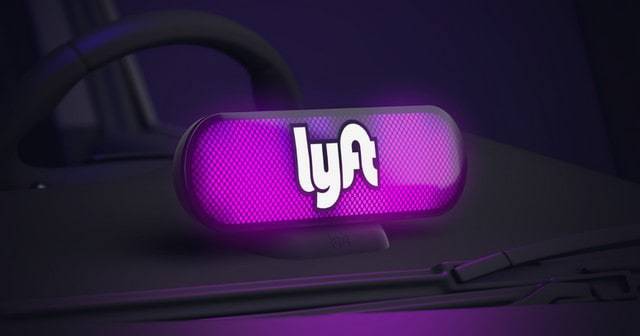
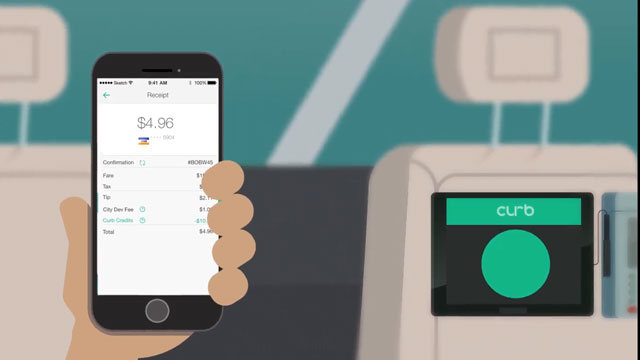
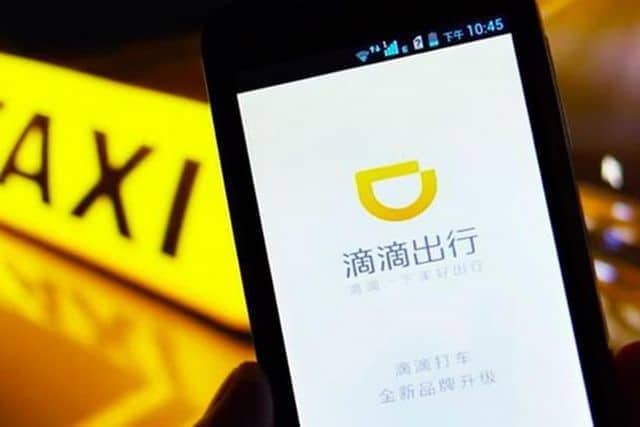

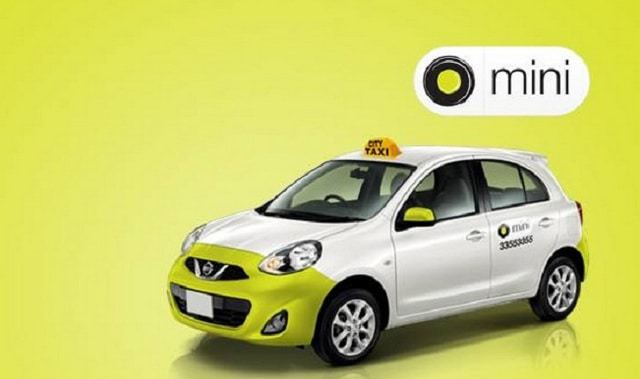
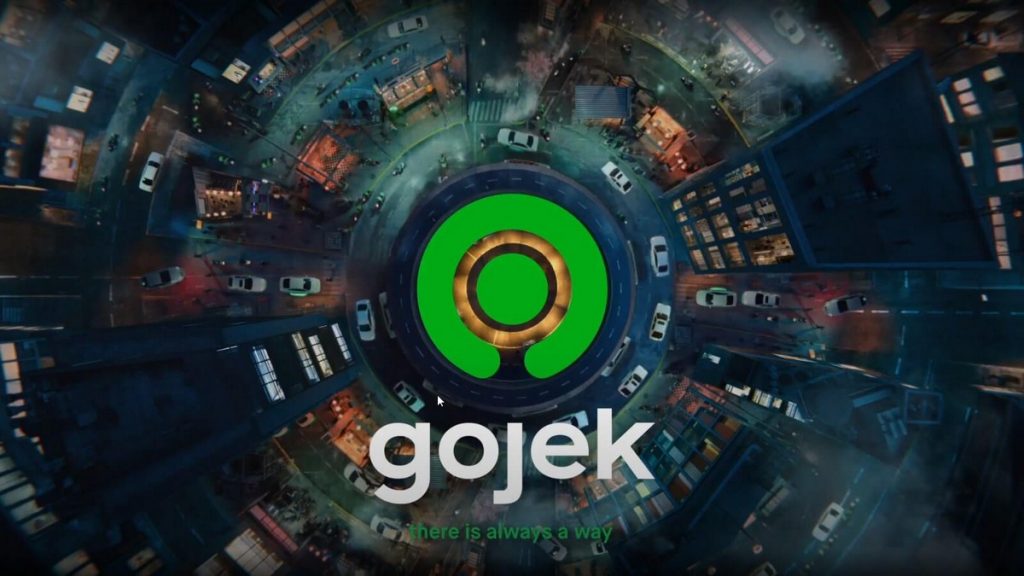
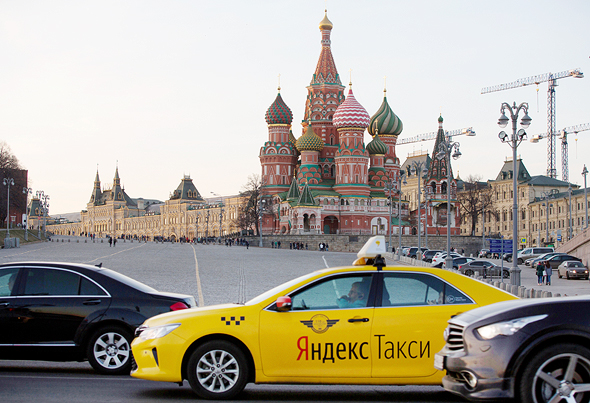
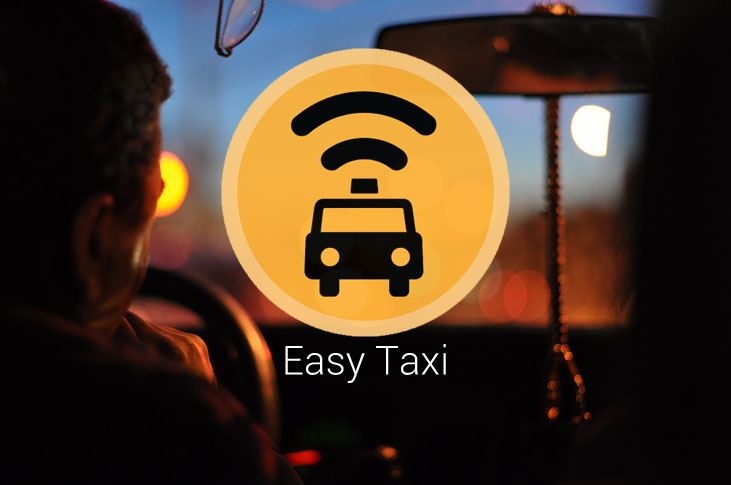
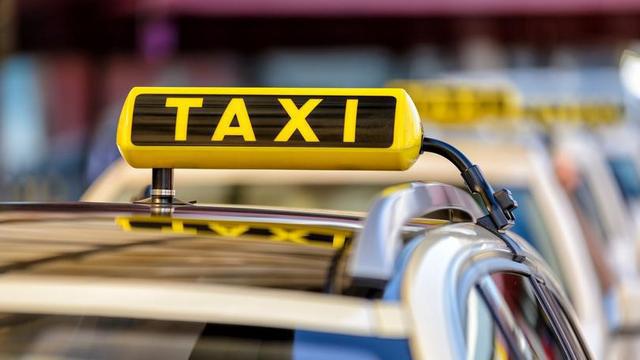

Awesome!
Taxier.com is currently up for sale.
Hi there, You’ve done a great job. I will definitely digg it and personally suggest to my friends. I’m confident they’ll be benefited from this web site.
youtube.com